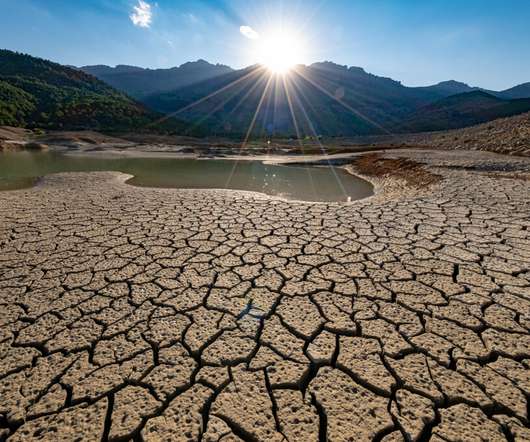Book Review: Justice, Equity, and Emergency Management
Recovery Diva
MAY 12, 2022
In Chapter 5, “Federal Indian Policy and the Fulfillment of the Trust Responsibility for Disaster Management in Indian Country,” Samantha J. In the concluding Chapter 9, “ The Role of Emerging Technologies and Social Justice in Emergency Management Practice: The Good, the Bad, and the Future,” authors.












Let's personalize your content